Cat's foot, Glehoma Hederacea L., is a perennial herb that belongs to the family lipped. The stem of the cat's foot is quadrilateral, slightly lying or creeping, which is rooted in the nodes with upright flowering branches. These branches are between 6" (15) and 24" (60 cm) high.
The leaves of the herb are opposite, rounded kidney-or heart-shaped, and fibrous. Most commonly, they come in twos, but sometimes fives. Nestles in the bosom of the leaves.
The corolla of the cat's foot is blue-purple with delicate purple dots on the underside. The fruit of the plant is dry, breaking up into 4 small nuts. The herb blooms in April-June. The aroma of the herb is similar to mint, but stronger.
Cat's foot grows on bushes and grassy areas around the moist and shady places, rivers and streams. In rare cases, can be seen in stands or abandoned places. It is widespread in Europe, mainly in lowlands and foothills up to 1000 m altitude. Cat's foot is found throughout Europe.
In some areas of the UK, cat's foot is known as a "alehoof" and is used for clarification and bright flavoring of beer.
Composition of cat's foot
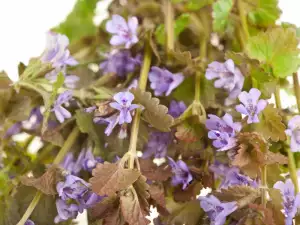
The usable portion of the plant above ground is the top. It contains between 5 and 7.9% tannins, gleuholin, gleohomin and various other bitter substances. It has more than 31 mg of tartaric, ascorbic, caffeic, acetic, mustard, ferulic, p-triterpene and tartaric acids, resins, choline to 0.55% volatile oil, carotenoids and saponins. In the cat's foot are found some free acids - cysteine, serine and methionine.
Collection and storage of cat's foot
At the time of flowering, the herbs are picked by their whole aboveground part. Dry the herbs in ventilated and shady place or in the oven at about 100°F (35 °C). Store in a well ventilated place with no direct sunlight. The herb can be bought from pharmacies and specialized stores.
Benefits of cat's foot
Cat's foot has proven beneficial effects in diseases of the respiratory system of any kind - pharyngitis, laryngitis, bronchial asthma, chronic bronchitis.
It is used in disorders of the digestive tract activity, also acts as a mild diuretic. These beneficial effects are attributed to the herb it contains essential oils. In the Middle Ages, the herb is used in high temperature fevers and was especially popular in the treatment of chronic cough. In the 16th century the famous herbalist John Gerard described the herb as a valuable remedy for ringing tinnitus.
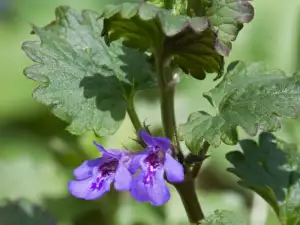
Cat's foot’s anti-inflammatory effect against diarrhea, supports the process of digestion and is a good diuretic.
Tonic properties of the herb should also not be underestimated. It is astringent, so it is an ideal natural alternative for the treatment of diarrhea. Cat's foot is beneficial for kidney diseases, including kidney stones and bladder.
In Italy, the herb is used to treat rheumatism and arthritis. In Chinese traditional medicine, it is also very popular. There, it is used against erysipelas, boils, scabies, cough, irregular menstruation, jaundice, dysentery, etc.
Traditional medicine with cat's foot
In folk medicine, the herb is used as a strengthening means in combination with nettle, yarrow and plantain. Promotes the rapid healing of purulent wounds. For the treatment of coughs and respiratory problems, inflammation of the gums, lack of appetite, problem urinating, swelling to increase breast milk and to strengthen the body, folk medicine recommends the following mixture:
Cut into small pieces less than 1 teaspoon of herb and brew with 1 cup of boiling water. Allow to stand for about one hour and drink three times.
Hot poultice of the herb is used for difficult healing wounds, boils and other irritations.
Cat's foot can be used not only in the form of decoction, but as tinctures and infusions. As mentioned, the cat's foot is used to treat various diseases, but its greatest effect is for problems with the ear, nose, throat, breast and digestive system. If stung by nettle, rub cat's foot immediately on and the discomfort will disappear.
Cat's foot is very well tolerated by the human body and is therefore suitable for the reception of children. It's good to use it under the supervision of a physician. It is believed that the herb cures chronic diseases like sinusitis.
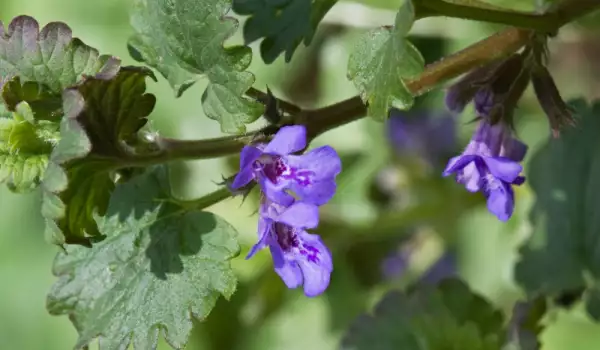
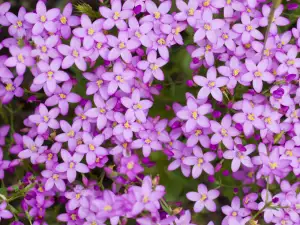


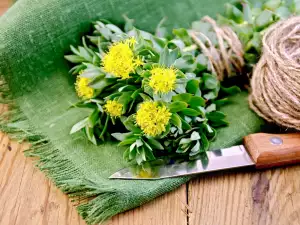
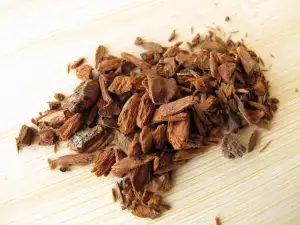
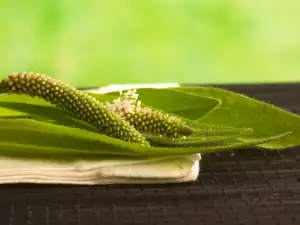






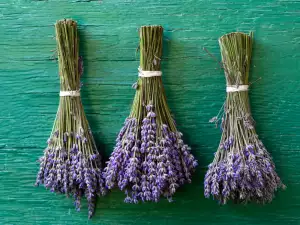

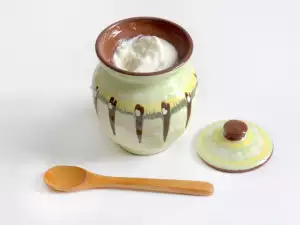



Comments